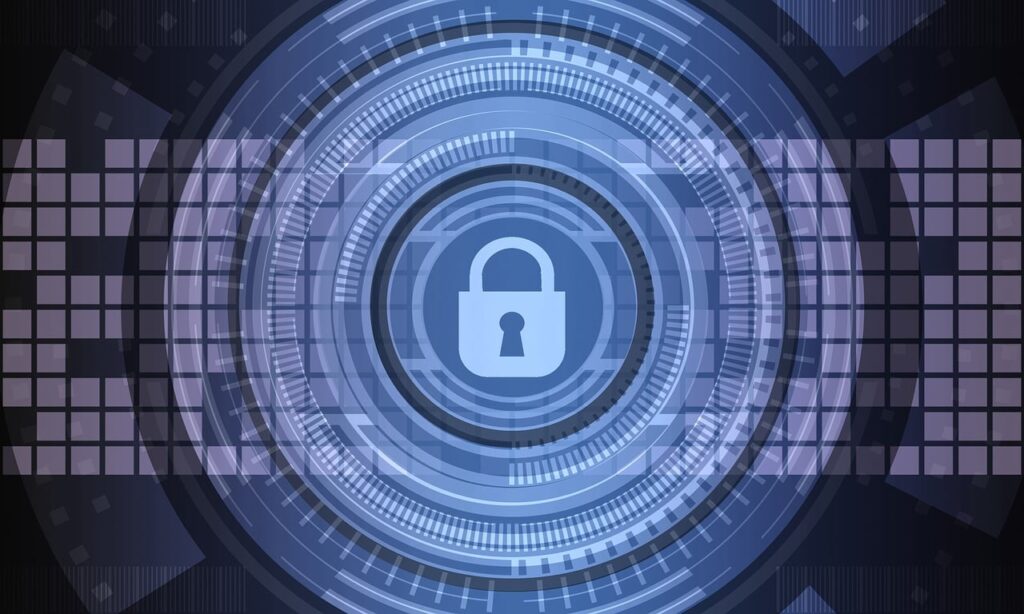Cybersecurity risk assessments are your organization’s best defense against hidden threats. In an era where digital vulnerabilities abound, grasping where your weaknesses lie is vital. A well-executed assessment can distinguish between a fortified network and a devastating breach.
But it goes beyond just spotting flaws. It’s about smartly directing resources, complying with regulations, and fostering trust with clients and partners.
So, what unexpected advantages can a cybersecurity risk assessment offer?
Let’s explore how this process not only safeguards your assets but can also enhance your organization’s overall resilience.
Key Takeaways
- Identify potential security gaps in network infrastructure, employee practices, and data handling.
- Prioritize cybersecurity investments based on threat impact and likelihood for optimal resource allocation.
- Ensure compliance with regulatory requirements and avoid costly penalties.
- Enhance incident response preparedness by uncovering vulnerabilities and improving strategies.
- Build stakeholder trust by demonstrating commitment to data protection and continuous security improvement.
Identify Potential Security Gaps

Gaps in your cybersecurity defenses can leave your organization vulnerable to attacks. By conducting a thorough risk assessment, you’ll uncover these potential weaknesses before cybercriminals can exploit them.
Start by examining your network infrastructure, including firewalls, routers, and servers. Look for outdated software, misconfigured settings, or unpatched vulnerabilities that could provide entry points for hackers.
Don’t forget to assess your employees’ security practices. Human error is often the weakest link in cybersecurity. Evaluate password policies, email handling procedures, and overall security awareness. You might discover that some staff members aren’t following best practices, creating opportunities for social engineering attacks.
Review your data storage and transmission methods. Are you using encryption where necessary? Are there any unsecured databases or cloud services that could be compromised?
Identify any sensitive information that isn’t adequately protected.
Prioritize Cybersecurity Investments

After identifying potential security gaps, it’s crucial to prioritize your cybersecurity investments. Not all risks carry equal weight, and your resources are likely limited. Start by categorizing threats based on their potential impact and likelihood of occurrence. Focus on addressing high-impact, high-probability risks first.
Consider the cost-effectiveness of each security measure. Some solutions may offer significant protection at a relatively low cost, while others might be expensive but provide only marginal benefits. Analyze the return on investment for each potential security upgrade.
Don’t overlook the importance of basic security measures. Implementing strong password policies, regular software updates, and employee training can often yield substantial improvements at minimal cost.
Balance these foundational elements with more advanced technologies like intrusion detection systems or data encryption.
Align your cybersecurity investments with your organization’s overall business objectives. Confirm that your security strategy supports and enables your core operations rather than hindering them.
Remember that cybersecurity is an ongoing process, not a one-time fix. Plan for continuous improvement and regular reassessment of your priorities as threats evolve and your business needs change.
Comply With Regulatory Requirements

While prioritizing investments is key, you can’t overlook regulatory compliance in your cybersecurity strategy. Many industries face strict regulations regarding data protection and privacy, such as GDPR, HIPAA, or PCI DSS. A cybersecurity risk assessment helps you identify gaps in your compliance efforts and guarantees you’re meeting all necessary requirements.
By conducting regular assessments, you’ll stay ahead of evolving regulations and avoid costly penalties. You’ll also be able to demonstrate due diligence to regulators, stakeholders, and customers. This proactive approach not only protects your organization legally but also enhances your reputation as a trustworthy entity.
During the assessment, you’ll evaluate your current security measures against regulatory standards. This process helps you pinpoint areas where you need to improve or implement new controls.
You’ll also gain insights into how to document your compliance efforts effectively, making it easier to respond to audits or regulatory inquiries.
Enhance Incident Response Preparedness

How prepared is your organization to handle a cybersecurity incident? A thorough risk assessment can greatly enhance your incident response preparedness. By identifying potential threats and vulnerabilities, you’ll be better equipped to develop effective response strategies.
Through the assessment process, you’ll uncover gaps in your current incident response plan. This allows you to address weaknesses proactively, ensuring a more robust defense against cyber attacks.
You’ll also gain insights into critical assets that require extra protection, helping you prioritize resources and efforts.
A risk assessment enables you to create realistic incident scenarios, allowing your team to practice and refine their response techniques. This hands-on experience is invaluable when facing real-world threats.
You’ll also be able to establish clear roles and responsibilities for your incident response team, streamlining communication and decision-making during high-stress situations.
Build Stakeholder Trust

Conducting a cybersecurity risk assessment can considerably boost stakeholder trust in your organization. By demonstrating your commitment to protecting sensitive data and systems, you’re showing stakeholders that you take their concerns seriously. This proactive approach reassures clients, investors, and partners that you’re actively managing potential threats.
When you share the results of your risk assessment, you’re being transparent about your cybersecurity posture. This openness can help build credibility and trust with stakeholders, as they’ll appreciate your honesty and willingness to address vulnerabilities. You’ll also be able to communicate your risk mitigation strategies, further reinforcing confidence in your organization’s security measures.
A thorough risk assessment can help you comply with industry regulations and standards, which is essential for maintaining stakeholder trust. By demonstrating compliance, you’re showing that you adhere to best practices and legal requirements. This can be particularly important for attracting and retaining customers in highly regulated industries.
Lastly, conducting regular risk assessments shows your commitment to continuous improvement. Stakeholders will appreciate that you’re staying ahead of evolving threats and actively working to enhance your cybersecurity posture.
Conclusion
You’ve seen the critical reasons for conducting a cybersecurity risk assessment. By identifying gaps, prioritizing investments, ensuring compliance, and improving incident response, you’re fortifying your organization’s digital defenses. Don’t overlook the trust you’ll build with stakeholders as you demonstrate your commitment to data protection. Remember, it’s not a one-time task; regular assessments are key to staying ahead of evolving threats. Take action now to secure your digital future.

